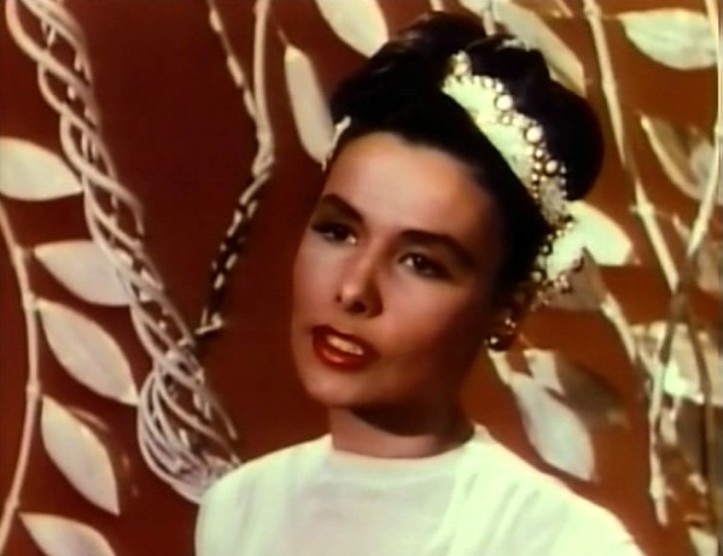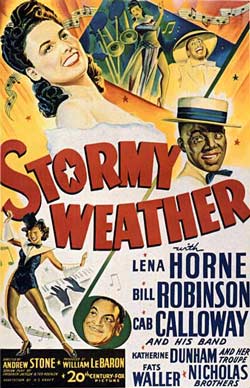By Martha Ullman West
Art Scatter is always pleased as punch to accept an essay from its chief correspondent and occasional world traveler, Martha Ullman West. MUW has been a busy woman lately. Herewith we offer her personal recollections of the late, great Lena Horne; her thoughts on the swan song of dancer Gavin Larsen, retiring from Oregon Ballet Theatre (plus other thoughts about OBT); Cedar Lake Contemporary Dance; and a comic theatrical riff on the Bronte sisters. Whew: That covers some territory!

First and second thoughts on a Monday morning —
I was going to start this post with some second thoughts about Oregon Ballet Theatre‘s recent Duets concert series and specifically last Sunday’s matinee performance, Gavin Larsen‘s last as a principal dancer.
But I logged on to my e-mail an hour or so before I began writing and found that a high school classmate had forwarded me the New York Times obituary for Lena Horne, so I’ll start with some extremely vivid memories of her that go back, oh dear God, 58 years.
 Her daughter, Gail Jones, was a year ahead of me at a Quaker boarding school in Poughkeepsie, N.Y., called Oakwood. The glamorous Lena Horne was a loving, devoted mother, who always came to Parents Day — and so did my father, believe you me.
Her daughter, Gail Jones, was a year ahead of me at a Quaker boarding school in Poughkeepsie, N.Y., called Oakwood. The glamorous Lena Horne was a loving, devoted mother, who always came to Parents Day — and so did my father, believe you me.
First memory: October of my freshman year, Lena in a red velvet suit, prowling (no other word for it) along the football field, definitely deflecting fatherly attention from the game as well as the nubile cheerleaders, although Dad claimed for years he heard a Quaker referee calling “Thee is out.”
Second memory: Two years later, a cold wintry day, I was running barefoot down the hall of my dormitory when that unmistakable voice called from Gail’s room, “Child, put your shoes on — it’s freezing in here.” I stopped dead in my tracks, turned around, and there she was; looking, needless to say, stunning. And stern. I put my shoes on.
Third memory: The American Masters PBS show twelve years ago in honor of her 80th birthday (and she looked about 50, I might add), which I imagine PBS will reprise and I urge all Scatterers to watch. Daughter Gail Jones’s history of the Horne Family is also well worth reading. As is the Times obituary. Lots of “Stormy Weather” in Lena’s life; damned if she did, damned if she didn’t, and did she ever overcome, with astonishing glamor and grace.
*
There was plenty of grace of a different kind, and glamour best described as casual, as Oregon Ballet Theatre’s dancers filed past Larsen at the second intermission a week ago Sunday. Larsen was still in her Duo Concertant practice clothes costume, crowned with a ballerina’s tiara. The casual part applies to the jeans-clad dancers who each gave her a single rose and a kiss as they walked past her: It’s a tradition that began, I believe, at the Paris Opera Ballet.
Continue reading Goodbye to Lena, swan song for Gavin, the Brontes and kickin’ with Cedar Lake
